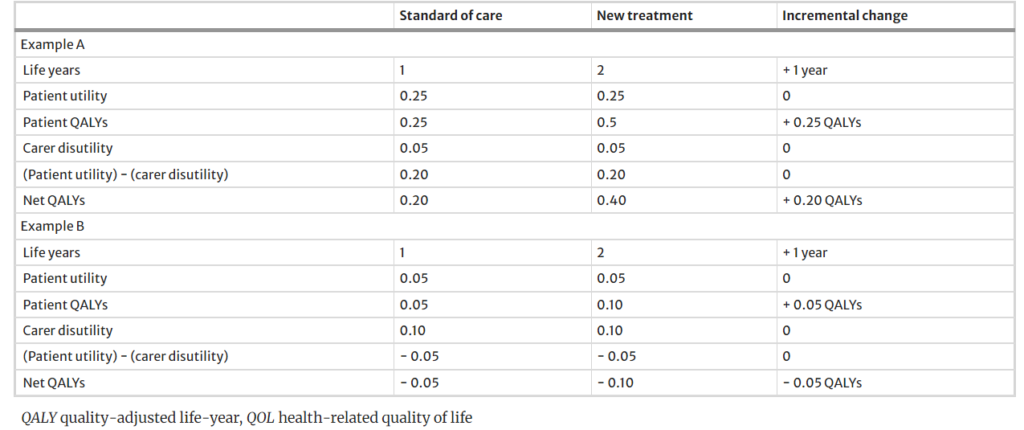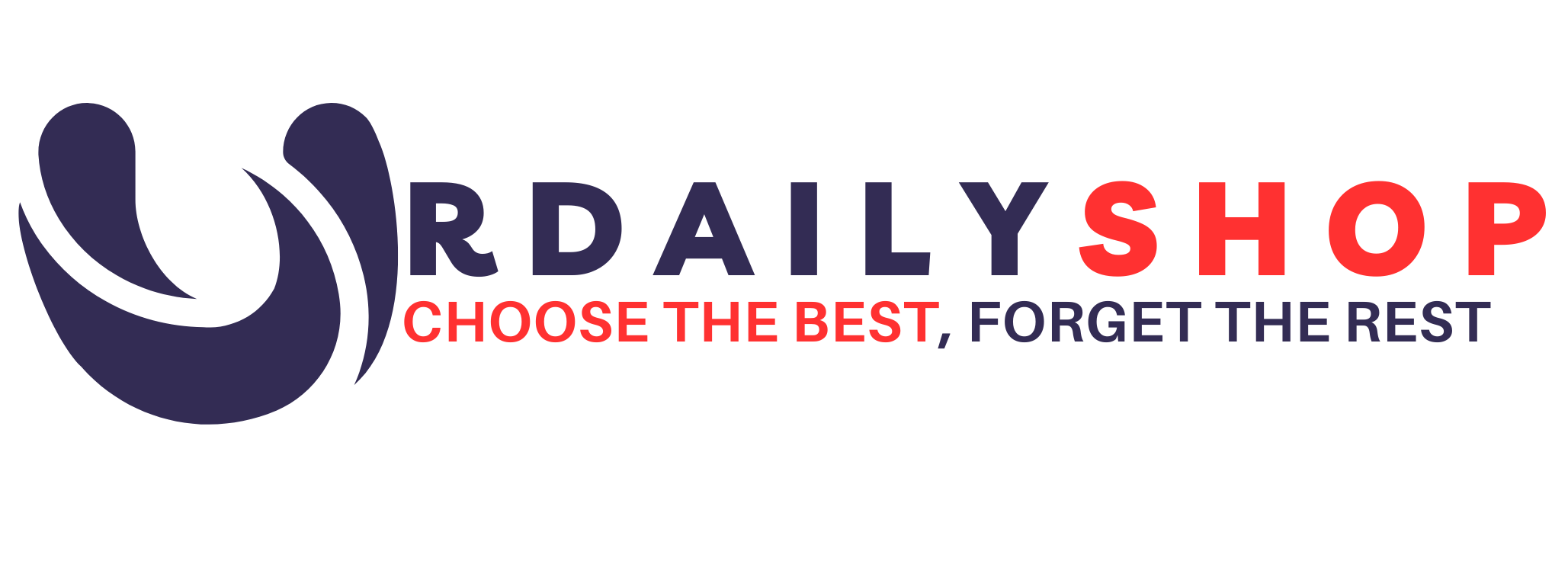
The term “caregiver QALY” was coined in an article by Mott et al. (2023) and is identified as the case where
“It is possible that an effective treatment that provides improvements in survival (with relatively little or no increase in quality of life) may appear less effective than comparators when caregiver quality of life is considered.”
While the term “caregiver QALY trap” is new, this problem has been known for a long time. In fact, the patient trap of QALYs – that prolonging the life of a person with a chronic illness is less valuable than prolonging the life of a person without it – was identified by Ubel et al. (2000) among others. He
Tilford and Tarlan (2023)editorial–citing citing Lundin and Ramsberg (2008)–use a parable to explain the caregiver QALY trap as follows:
Lundin and Ramsberg portray two people on an island who need to decide whether to create an antidote for snakebite that would save the person’s life after being bitten. The island snakes resided in an area with better food, and picking fruit there would increase the quality of life for the two island inhabitants, but would risk being bitten while picking fruit. If a person is bitten and survives using the antidote, in Lundin and Ramsberg’s parable, the survivor would live with a very low quality of life. The healthy person would then incur survivor consumption costs by having to support the person who survived the snakebite. The link to the caregiver QALY trap is simple; When caring for the person who suffers a snakebite, the healthy person loses QALYs.
A similar example would be considering a treatment that would prolong the survival of a child with severe brain damage. Because quality of life would be low, life extension would create few QALYs for the patient; Furthermore, the quality of life of the caregiver would decrease. Therefore, similar to the snakebite case, there may be no net social health benefits to a life-prolonging treatment for brain damage.
A numerical example from Mott et al. Is under.

The authors point out that this is not just a theoretical problem:
In two recent National Institute for Health and Care Excellence (NICE) technology assessments (TA588 and TA755), the inclusion of carer quality of life in economic models resulted in fewer QALYs accruing with the new treatment, which contributed to the treatment not being considered cost-effective. . The implication was that life-prolonging treatments may not represent an efficient use of resources, at least in part due to the negative QALY impact they would have on informal caregivers.
Although caring for a disabled person may decrease their momentary usefulness (since it is hard work both physically and emotionally), the quality of life of caregivers could improve if we consider the effects of altruism (positive value of prolonging the life of a being). loved) or the effects of grief (negative impact). of death) in the calculation. As an economist, I certainly rely on numerical analyzes to assess the value of treatment; However, the caregiver QALY trap highlights that contextual considerations and qualitative information are needed to complement qualitative analysis whenever a health technology assessment is conducted.







